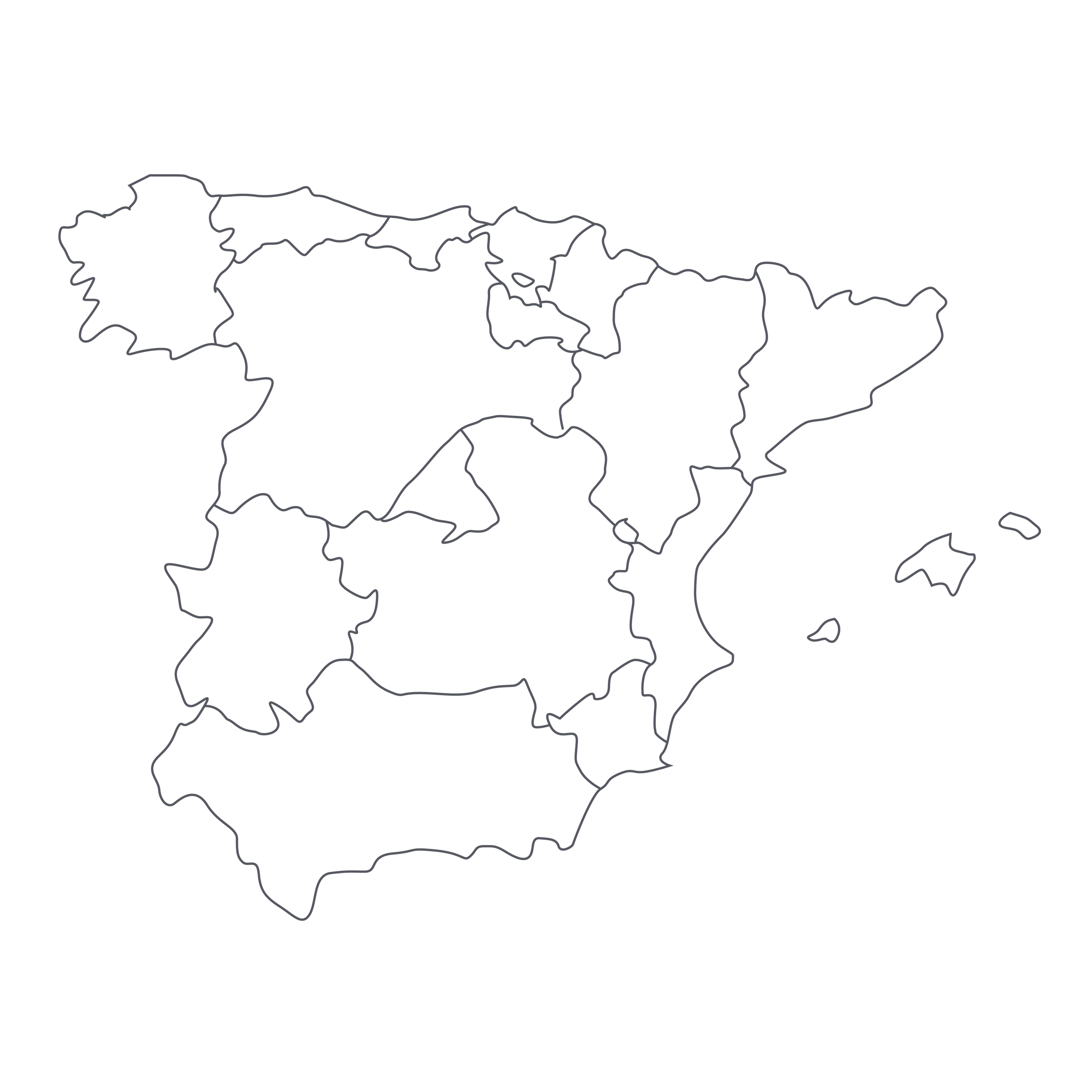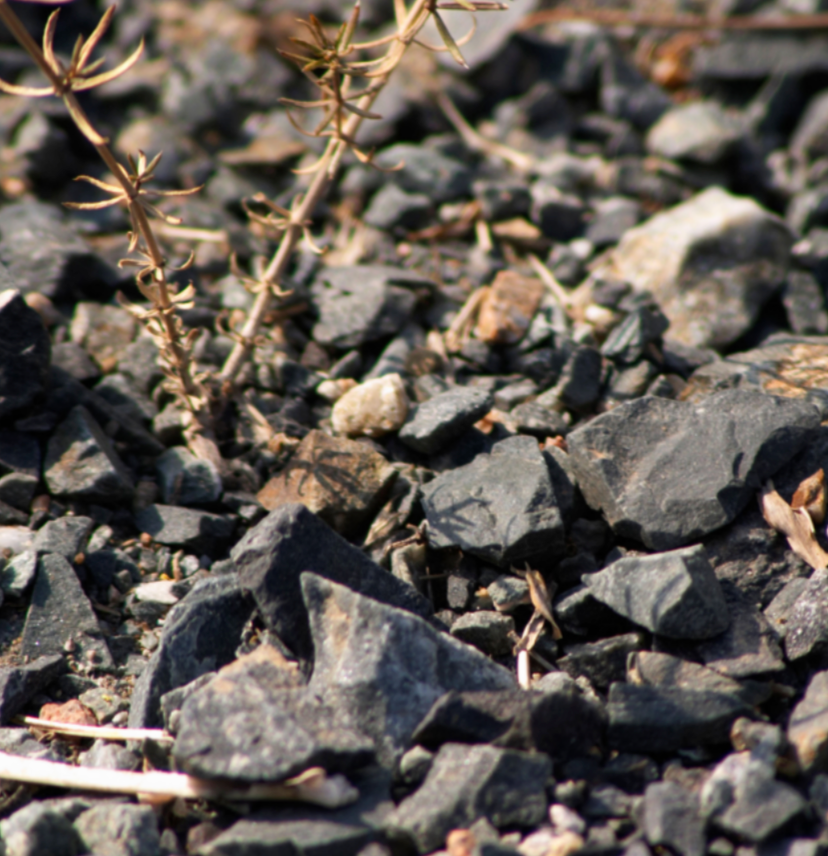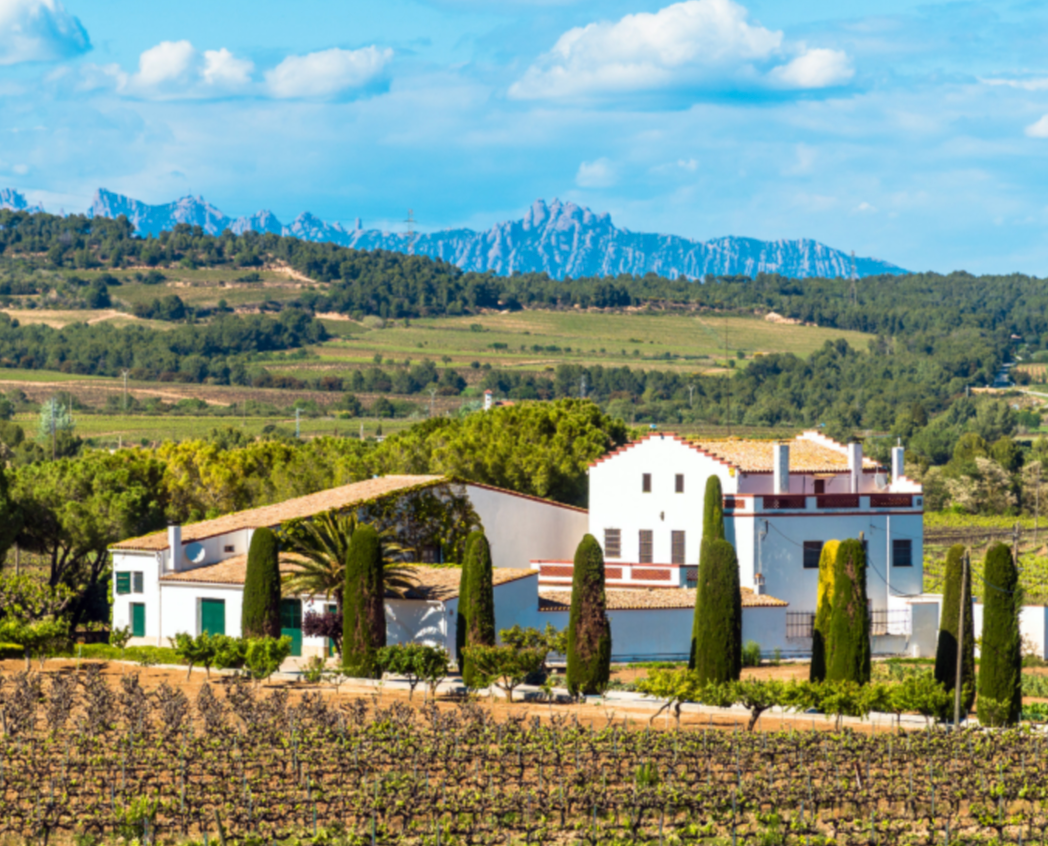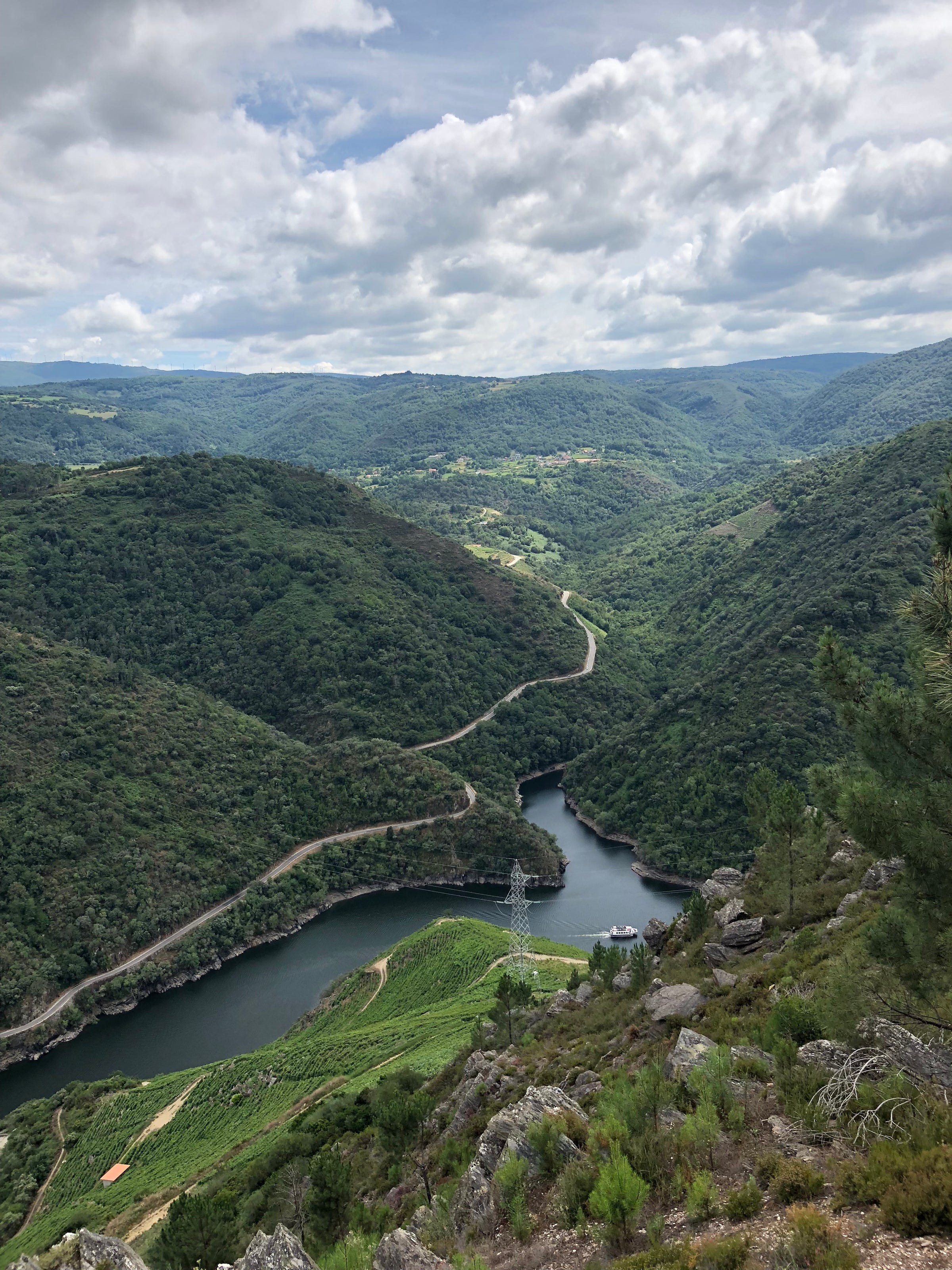Lovers of white Burgundy will tell you that no other white wine in the world combines rip-roaring freshness, profound minerality, and luxurious texture like Burgundian Chardonnay does. I love white Burgundy, and I’m inclined to agree, but I keep tasting whites from Spain’s Galicia region that are challenging the throne.
Manuel Formigo’s single-vineyard beauty from the Ribeiro DO, “Teira X,” is a shining example. Much like fellow Ribeiro vintner Luis Rodriguez, whose wines have thrilled SommSelect subscribers for years, Formigo lets old vines and the region’s granite soils do the talking, crafting a taut, focused white blend that perfectly captures the essence of the cool, verdant, mountainous river valley that is Ribeiro. As is the case with most of the wine regions in Galicia, Ribeiro has been re-discovered and rejuvenated by new-generation talents like Formigo, who first went out on his own in 2006. Blessed with some heirloom vineyards from his wine-making parents, you could say he started out on third base (or at least had a big lead off of second), but regardless, this Treixadura-based blend is a home run. The overall flavor profile is distinct, but it’s impossible not to think of Premier/Grand Cru Chablis when drinking this wine—except, of course, when you see the price. Right now, the whites of Burgundy are cruising comfortably in the left lane, but here come the Galicians right up behind them, flashing their brights and looking to pass. Until they do, however, world-beating values like this are our reward!
Formigo had worked at his parents’ winery before starting his own label, and has since completed construction of his own facility (2013) in the village of Beade, where he farms six hectares of vineyards, on the “right” bank of the Avia River. The word ribeiro is Portuguese for ‘brook,’ or ‘stream,’ so it’s an apt name for a wine region traversed by three dramatic river valleys’—not just the Avia but the Miño and the Arnoia that snake their way toward the Atlantic Ocean. “Finca Miñoteira,” referenced on this wine’s label, is Formigo’s top single vineyard, containing some of the oldest Treixadura vines in the region at 40+ years of age.
rn
rn
Although it is situated about 40 kilometers inland from Galicia’s most famous wine zone, Rías Baixas, Ribeiro still feels a cooling Atlantic influence by way of breezes that traverse the Miño Valley and those of its various tributaries. Vineyards along the Ribeiro’s network of rivers reach to about 450 meters in altitude, with soils comprised largely of decomposed granite known locally as sabrego. Rainfall is moderated by the presence of coastal mountains that protect the area from storms arriving from the west.
rn
rn
For “Teira X,” of which only 4,000 bottles are produced, he sources not just Treixadura from the Miñoteira vineyard but also Albariño (15%), Loureira (10%), and another hyper-local indigenous variety called Alvilla de Avia (15%). The wine was fermented on ambient yeasts in stainless steel and aged in tank for a short period before bottling, resulting in a wine that combines bracing, citrusy freshness with ample texture and a powerful mineral imprint—perhaps not as ‘salty’ as some of its Rías Baixas cousins, but darn close. In the glass, it’s a bright straw-gold with green and silver reflections, bursting from the glass with aromas of green apple, citrus fruits, white peach, wildflowers, green herbs, and wet stones. There is definitely a through-line to be drawn from here to some top-quality Premier/Grand Cru Chablis, but some hints of other French greats as well. Decant it 15-30 minutes before serving in all-purpose stems at 45-50 degrees, and allow it to blossom as you put the finishing touches on a whole-grilled fish or some Galician-style octopus. The latter seems especially fitting to me—a match made in heaven! Cheers!





